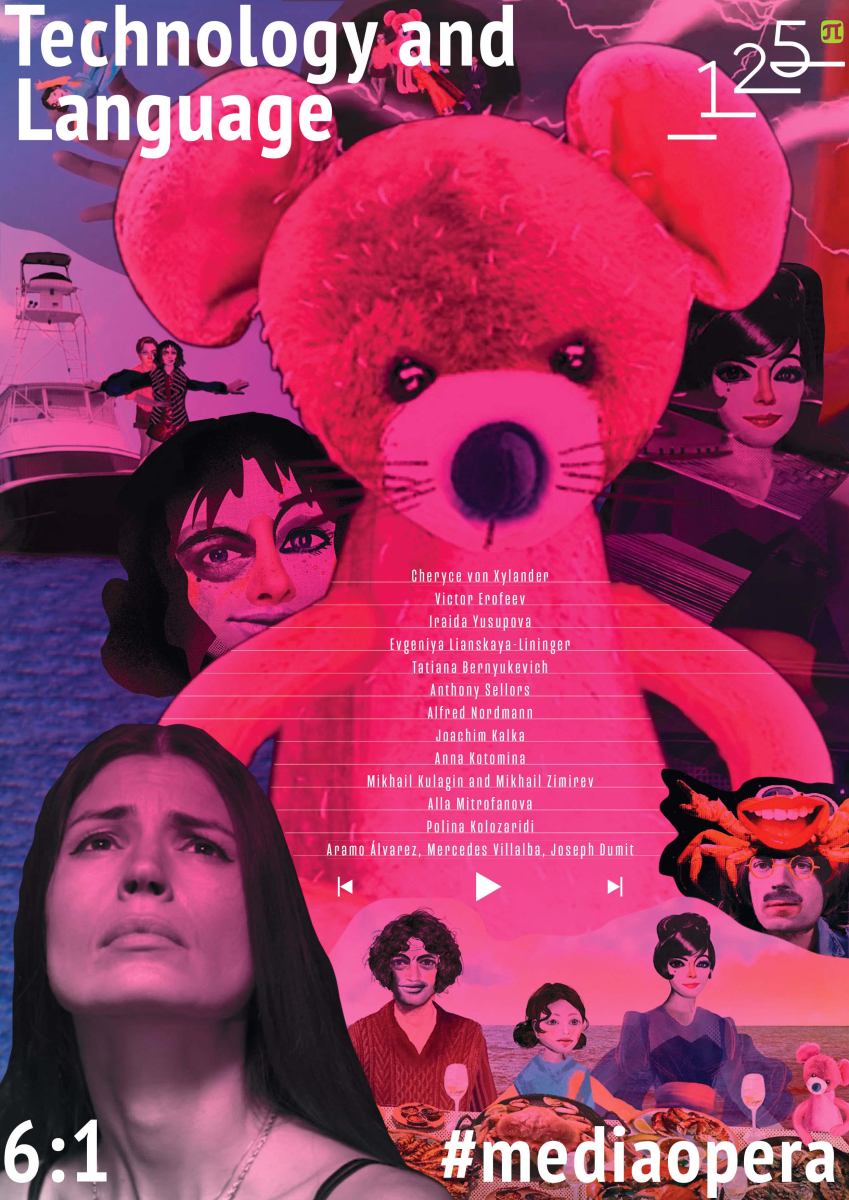From Eisenstein to Einstein: The Ultimate Guide to Mediaopera
Mediaopera is a new syncretic genre that inherits opera‘s ability to constantly change or adapt and thus prove its relevance to the times. The article examines the evolution of opera in the modern technological era, its relationship with cinema, video art and the digital technologies of the 21st century. The analysis covers key examples: from the early experiments of Georges Méliès and Sergei Eisenstein to Fausto Romitelli's psychedelic opera The Metal Index (2003) and the documentary projects of Steve Reich. Particular attention is paid to the Russian context: the role of Soviet cinema for the musical avant-garde (Schnittke, Artemyev), as well as the innovations by Iraida Yusupova whose mediaoperas combine cryptophony, mockumentary, and eclecticism of styles. The genre balances between irony in relation to operatic clichés and fidelity to its main themes – life, death, social problems. Mediaopera rethinks the elitism of traditional opera, using technology to expand accessibility while remaining a Gesamtkunstwerk – a total work of art that engages the viewer in a multisensory experience. The work highlights the interdisciplinary nature of the genre, its role in maintaining the relevance of opera through a synthesis of academism, pop culture, and media art, demonstrating new ways of dialogue with the audience in the digital age.



